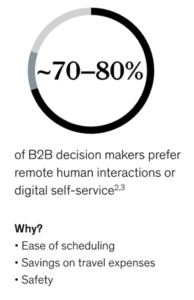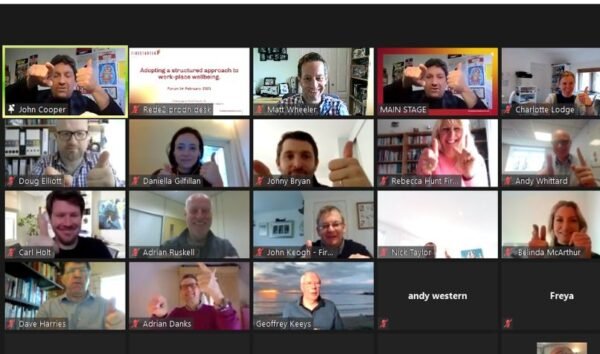How can you adapt your sales process to be more digital and gain a competitive edge post-pandemic?
During our most recent #FirestarterForum, we addressed the topic of technology and the ‘new way of working’ that has been normalised over the last year due to the pandemic. We reviewed platforms that businesses have been relying on such as Zoom, HubSpot, Microsoft Teams, Slack and many more, which have now become a regular part of life at work.
One topic we looked at in-depth was how both B2B buyers and sellers are happy with the new digital reality, as they now prefer digital self-serve and remote human engagement over face-to-face interactions . Remote interactions have made it easier for buyers to get information, place orders and arrange service. This also means more speed and convenience. For example, McKinsey found, 70 – 80% of B2B decision makers prefer remote human interactions or digital self-service. This is something that we believe has been approaching for a while. Not only is it for speed and convenience but virtual sales can help organisations lower their cost per visit, extend their reach and improve their sales effectiveness.






You must be logged in to post a comment.